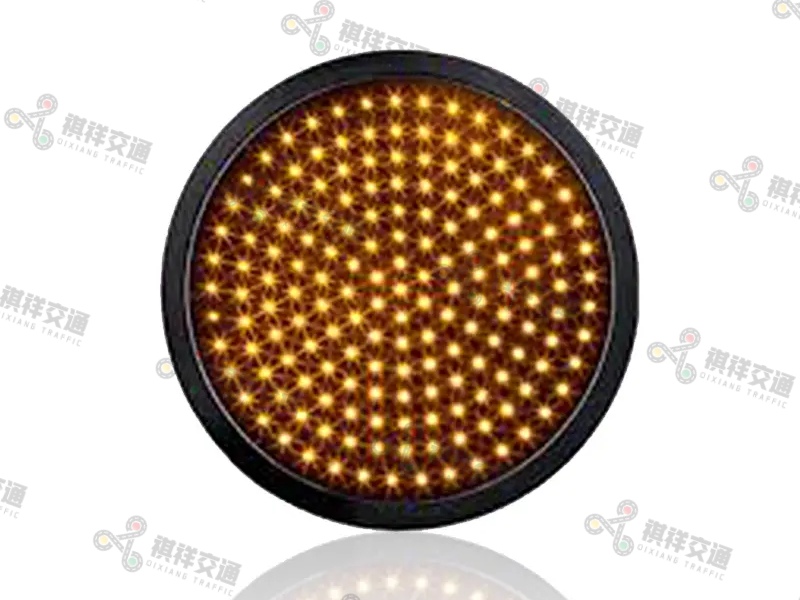Modular design is a method of decomposing a complex system into independent but collaborative modules. This concept applies not only to software development, but also to the design of hardware systems. Understanding the theoretical basis of modular design is essential for the realization of intelligent traffic light systems. Follow the signal light manufacturer Qixiang to learn about the application of modular design in signal lights.
Modular design is one of the important directions for the development of modern electronic equipment. In the design of simple signal lights, by modularizing functions, the system can be highly scalable and easy to maintain. For example, the independent design of signal control modules, power supply modules, and communication modules not only reduces the overall cost, but also improves the reliability and maintenance convenience of the system.
Key principles of modular design of signal lights
1. Encapsulation: Each module only exposes necessary information and hides internal implementation details.
2. Module independence: Coupling between modules should be minimized to improve cohesion.
3. Interface standardization: Communication between modules should be based on standardized interfaces to support the interchangeability and scalability of different modules.
4. Module reusability: Consider the versatility of modules during design so that modules can be reused in different systems or new versions of the system.
5. Hierarchical design: The modules are organized in a hierarchical manner, making the system design clearer and easier to manage and maintain.
Features of modular design of signal lights
1. Scalability and maintainability
The intelligent control module of signal lights adopts modular design, which reasonably distributes the control functions into various functional modules. This design method not only improves the scalability and maintainability of the system, but also reduces the complexity and cost of the system. Users can flexibly select and combine different functional modules according to their needs to meet different lighting control needs.
2. Ease of operation
The operation interface of the intelligent control module of signal lights is simple and intuitive, and easy to use. Whether it is a professional lighting manager or an ordinary home user, you can easily master the operation method of the module.
3. Stability and reliability
Whether in harsh environments such as high temperature, low temperature or humidity, the module can maintain a stable operating state. At the same time, the module also supports the power-off data retention function. Once the power supply is restored, the previous settings and data can be automatically restored, avoiding equipment failure and data loss caused by power outages.
Advantages of modular design of signal lights
1. It successfully solves the so-called “challenge of diversity” and opens a new path for standardization under diversified production conditions.
2. Modular design simplifies the machine model. The structural modularization is restricted by the “modulus”, which unifies the size series and installation connection size of the whole machine, improves production efficiency and reduces development costs.
3. Simplified design, through the appropriate amount of structural module reserves, can shorten the new product development cycle.
4. Improve the effectiveness, only need to modify some functional structural modules to form a new structure, so that the effectiveness of structural parts and components is greatly improved.
Qixiang, as a signal light manufacturer, has a complete production line and equipment, and is online 24 hours a day. Welcome to consult!
Post time: Apr-21-2025







